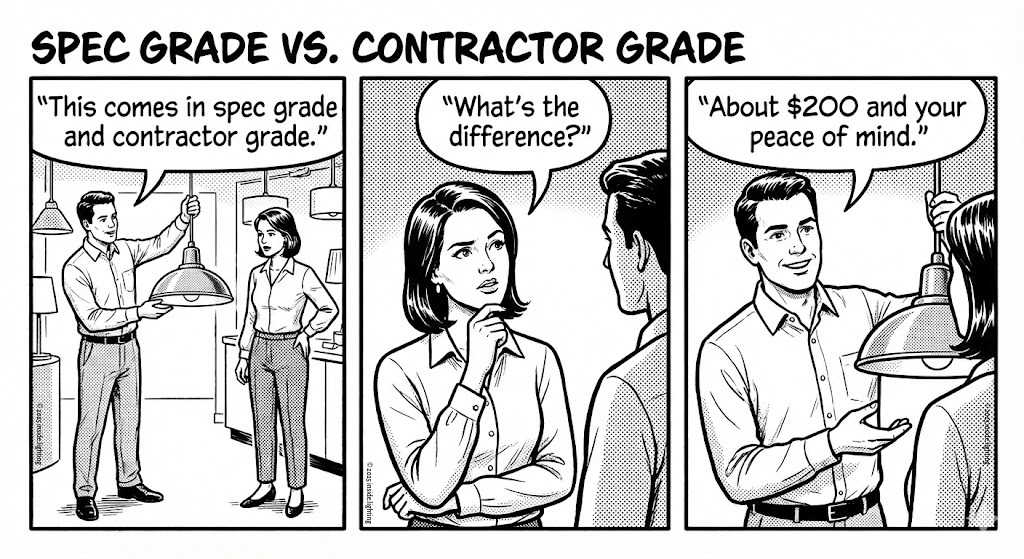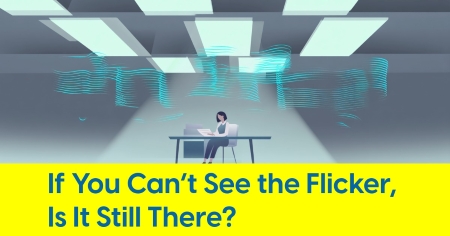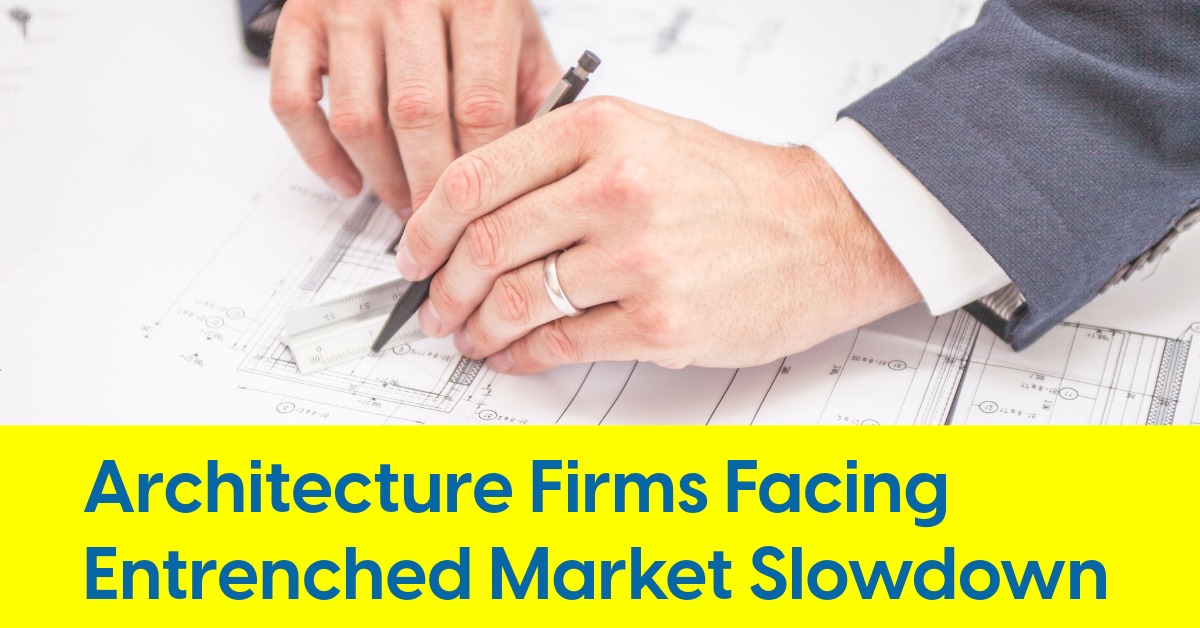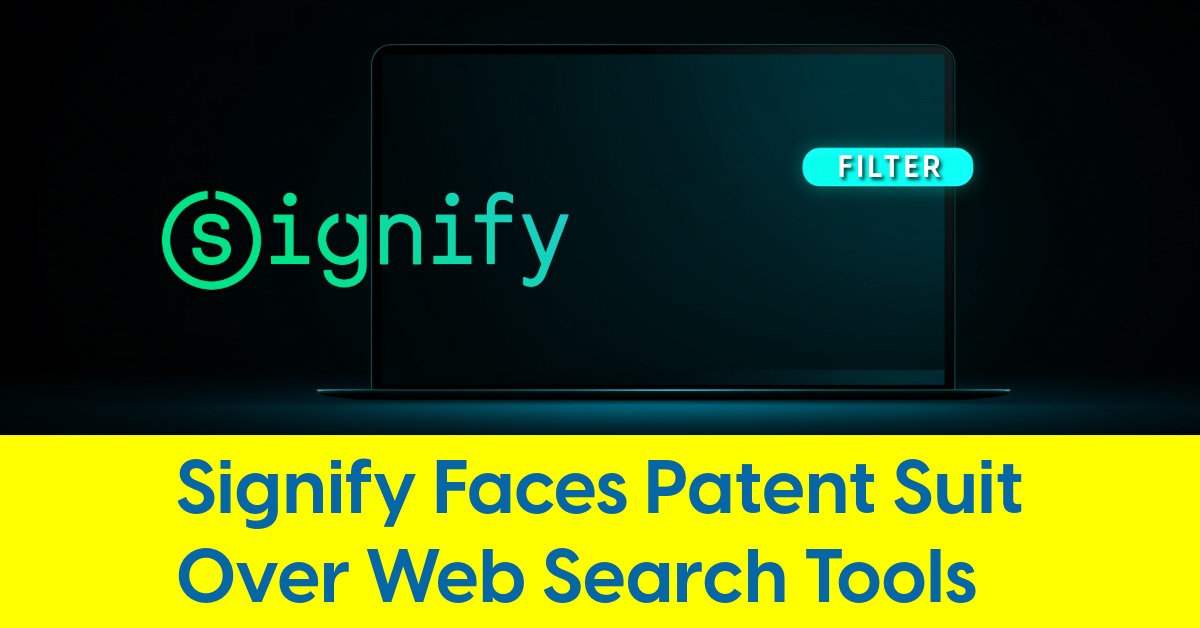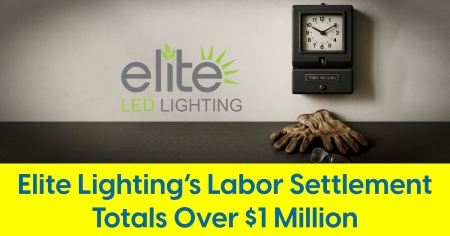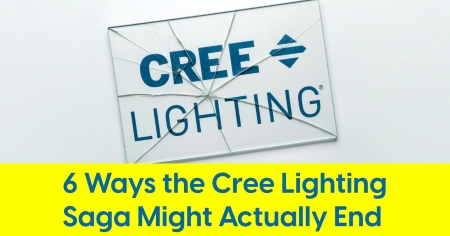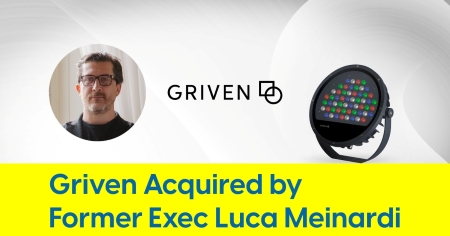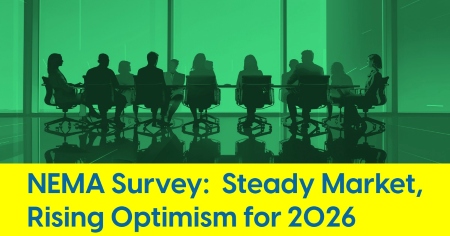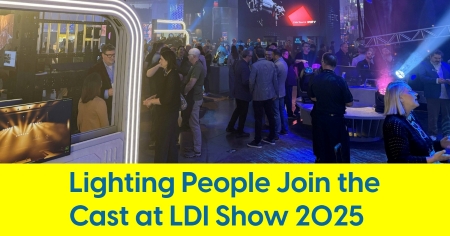October 5, 2024
5 Things to Know: October 5
![]()
U.S. bans a Chinese steel manufacturer. Plus, how do the new Beacon Awards differ from the beloved Lumen Awards?
Here's a roundup of some of the week's happenings curated to help lighting people stay informed.
1. Upcoming Debut of the Beacon Awards
The Beacon Awards, organized by the Designers Lighting Forum of New York (DLFNY), are set to make their debut on Wednesday, October 9, at Sony Hall in Midtown Manhattan.
New to the scene, the inaugural Beacon Awards have made some wonder how this event and these actual awards may differ from another NYC architectural lighting awards program, the long-established Lumen Awards, hosted annually by the Illuminating Engineering Society of New York City (IESNYC) at Chelsea Piers.
The Beacon Awards seem to focus on more specialized pre-defined categories and with proceeds that aim to foster emerging talent through the Lana Lenar Lighting Empowerment Scholarship. Both events celebrate exceptional lighting design, though the Lumen Awards Gala is known for their larger scale, formal evening affair, while the inaugural Beacon Awards might offer a more intimate, matinee-style feel. Both programs are open to lighting designers and projects in the greater New York area, though the eligibility criteria and event format highlight their distinct approaches.
Beacon Awards
- Inaugural Year: 2024
- Organizer: DLFNY, the organization that is also behind LEDucation.
- Event Format: Might have a "Wed afternoon matinee" feel with a 3:30pm start on October 9 at Sony Hall, Midtown Manhattan.
- Eligible Projects: Projects must be designed by designers based in the Greater New York City Metropolitan Area (New York, New Jersey, and Connecticut — within a 50-mile radius of Manhattan) or located within this area, and must have been completed within 24 months of submission deadline.
- Award Categories:
- New York Project
- Commercial & Institutional
- Exteriors
- Residential
- Hospitality & Retail
- Product Design
- ICON Award
Lumen Awards
- Inaugural Year: 1969
- Organizer: IESNYC, long-established lighting awards gala.
- Event Format: Evening gala at Pier Sixty as the June sun sets over the Hudson River (and Hoboken), with over 900 attendees.
- Eligible Projects: Projects must be either designed by designers based in the New York City Metropolitan Area (excluding North Jersey, Long Island and southwestern Connecticut — which are outside of IESNYC Section boundaries) or physically located within this area, and must have been completed within 24 months of submission deadline.
- Award Categories:
- Award of Excellence
- Award of Merit
- Special Citations
2 . U.S. Bans Steel from Chinese Manufacturer
The U.S. government has prohibited the import of steel from Baowu Group Xinjiang Bayi Iron and Steel Co., Ltd., citing concerns over forced labor involving Uyghur and minority groups in China's Xinjiang region. Baowu Group, a key player in the steel industry, was added to a list restricting products from companies involved in forced labor. This action is expected to impact industries that rely on imported steel. The ban is effective as of October 3, 2024.
Inside Lighting was unable to find evidence that U.S. light pole manufacturers source steel from Baowu Group, though such supply chain details are often difficult to trace. This case highlights the need for transparency in material sourcing across the industry. Alongside Baowu Group, an aspartame producer, Changzhou Guanghui Food Ingredients Co., Ltd., was also banned from importing goods into the U.S. due to forced labor concerns.
3. Lighting & Media Architecture
All Things Architecture’s recent video, "What is Media Architecture? | ARCHITECTURE 101", offers a lively and engaging overview of how technology, media, and architecture merge to create dynamic visual experiences in public spaces. Through designer interviews and striking visuals, the video explores key examples like the Las Vegas Sphere and Times Square, where lighting effects and digital screens transform buildings into interactive, ever-changing canvases. It traces the history of media architecture from early neon signs to modern LED facades, showing how this innovative design style communicates through light and impacts cityscapes.
The video also dives into the potential of media architecture to reshape urban environments while raising important questions about its environmental effects and how it will influence the future of cities. With vibrant imagery and thoughtful commentary, it presents a fresh look at how buildings can come alive and engage communities.
4. Nonprofit Repurposes Lighting
According to a recent report by WTVA 9 News I-Team, the Tupelo, Mississippi-based nonprofit Building Blocks is making a philanthropic and environmental impact by repurposing residential lighting. The organization recently received a significant donation of numerous fixtures including many Weston 5-Light Orb Chandeliers, distributed by Alsy Lighting, from a national retail chain.
By repurposing these items, Building Blocks helps prevent waste from reaching landfills while providing affordable home supplies to the community. All proceeds from their sales support the Link Center, furthering their mission to give back.
5. Flicker Fight: Understanding and Overcoming Temporal Light Modulation
Pacific Northwest National Laboratory (PNNL) recently published Flicker Fight: Understanding and Overcoming Temporal Light Modulation, addressing temporal light modulation (TLM), commonly known as flicker, in LED lighting. Led by Naomi Miller, a seasoned researcher known as the “Flicker Queen” in lighting circles, the PNNL team investigates how specific LED waveforms affect people differently, causing symptoms ranging from mild discomfort to severe reactions such as headaches, migraines, and nausea. The research also explores visual phenomena like stroboscopic and phantom array effects, where flicker makes objects appear as multiple images or causes delayed visual responses.
Miller's team focuses on developing metrics to predict and reduce these flicker-related effects. Funded by the Department of Energy’s Solid-State Lighting program, their work has resulted in several published studies identifying problematic TLM frequencies for various populations. This research is already influencing the design of LED drivers and dimmers, helping minimize flicker in lighting products, a crucial development for lighting designers, engineers, and manufacturers aiming to create flicker-free environments for all users.
